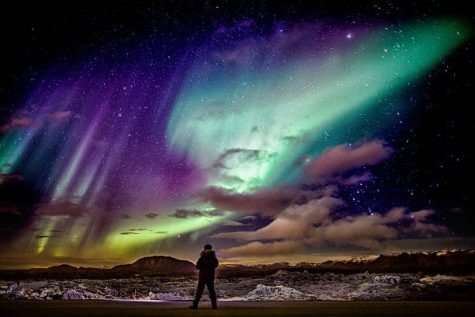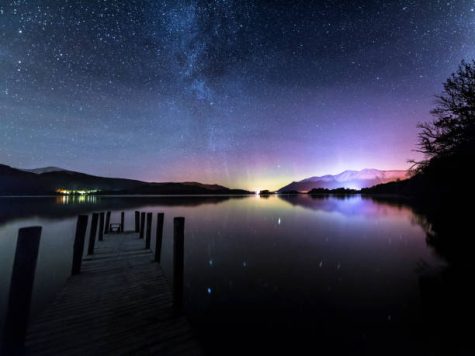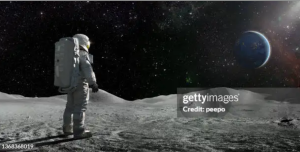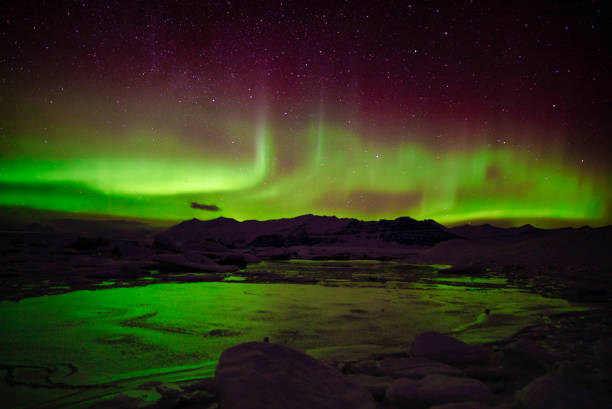Northern Lights in the Lower 48
Northern Arizona, United States.
April 28, 2023

The Auroras, most commonly known as the Northern and Southern Lights, are an incredibly rare phenomenon in Arizona. Although there is constantly an aurora happening, they very rarely get out of the cold climates. This complicated display of lights is often found in the Artic (especially in places of the Artic Circle) and in Antarctica. However, in the evening of April 23rd, the Aurora Borealis (Northern Lights) was spotted in over 2 dozen states in the South, going as far as New Mexico.
The Auroras are actually quite complicated. Auroras are created by a geomagnetic storm, as stated by National Oceanic and Atmospheric Administration (NOAA), “A geomagnetic storm is a major disturbance of Earth’s magnetosphere that occurs when there is a very efficient

exchange of energy from the solar wind into the space environment surrounding Earth. These storms result from variations in the solar wind that produces major changes in the currents, plasmas, and fields in Earth’s magnetosphere.” In more simpler terms, when electrons and protons from the solar wind collide with gases in the atmosphere, BOOM. We have what is called an Aurora. Aurora Borealis is the Aurora that occurs in the northern hemisphere, and the Aurora Australis in the southern hemisphere.
So, why are we having these sightings further down from the normal ones? Occasionally, the sun will let off a large burst of energy into the atmosphere. The burst has its own magnetic field, and when it is combined with the magnetic field of the earth, the large reaction occurs. This only happens about 100 times every 11 years, so about 9.1 times per year, but it is still very rare to have sightings so far south.












